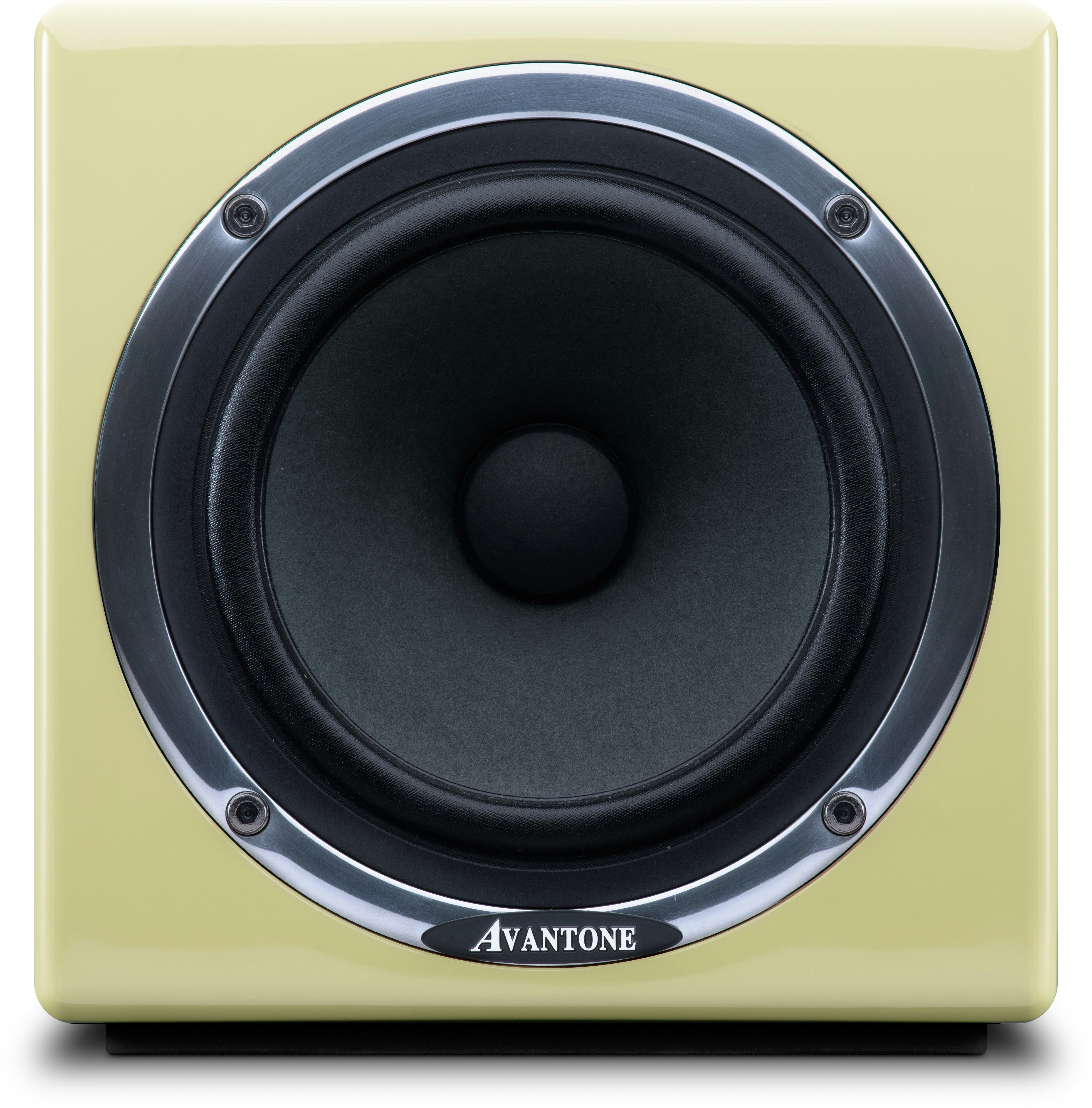Have you ever seen a photo of a high-end studio and wondered why they have multiple pairs of studio monitors? After all, studio monitors aren’t the least expensive speakers you can buy, and it can be argued that if you already have the best studio monitors you can afford… why would you need more?
Why Do Mixing Engineers Use Multiple Studio Monitors?
Emulating different listening environments
While you may be very proud of your studio monitors, the fact is that 99% of listeners do not listen to music on studio monitors in an acoustically-treated room. Most of the time, they are listening on home stereos, laptop speakers, earbuds, and in the car. Using an alternate pair of monitors allows mix engineers to hear their mixes closer to how they sound across multiple listening setups and environments; that their mixes translate well across these multiple different playback systems.
Focusing on particular frequencies
Many alt-monitors, like the Avantone MixCubes, feature a midrange-forward sound that puts particular focus on the human voice. Because the midrange can be one of the most challenging areas to mix well, it’s useful to use a second pair of monitors to take a closer and more detailed listen to the midrange; like holding up a magnifying glass to focus on very small text… you’re getting a magnified, more detailed reproduction of the frequency range you want to work on.
Checking mixes in mono
Last but not least, a single MixCube can be used to check your mix in good old-fashioned mono. This is important because some stereo sounds, especially any involving modulation or time-based effects, can phase-cancel when collapsed to mono and will sound thin or distant. There are a lot of mono systems out there, including in-ceiling speaker setups in restaurants, inexpensive Bluetooth speakers, and more. Always check your mixes for mono compatibility before publishing your music!
Using Avantone MixCubes as Secondary Studio Monitors
You can get a more accurate mix when you add Avantone MixCubes as secondary studio monitors to your setup. Since they’re small, they even work great in small home studios, and you can even use a single MixCube in the center of your workstation to check your mixes in mono!
As previously mentioned, MixCubes are not typically full-frequency spectrum monitors; they instead have a frequency curve that is relevant to a wide range of studio speakers, home theater systems, and car audio systems.
In other words, if you can make your mix sound good on MixCubes, then it will sound good on anything.
And if you pair them with full-frequency spectrum studio monitors (as intended), you’ll have best of the both worlds – two reference systems that will help you out shape the final image of your music, ensuring that it will sound great on a wide range of speakers. MixCubes are found in many studios world-wide for good reason.
Here are 3 tips for getting the best sound out of your Avantone MixCubes when mixing music:
- Keep them at least 2 feet away from any walls or other reflective surfaces.
- Make sure they're placed symmetrically in relation to each other and at the same height as your main speakers. (Or in the middle of your workstation if you’re using a single MixCube in mono.)
- Level-match them as closely as possible to your main monitors so that one set isn’t louder than the other.
Controlling Multiple Monitors
Many audio interfaces only have a single pair of audio outputs intended for a single pair of studio monitors. Interfaces with higher channel counts tend to have some analog outputs that can be used freely for your MixCubes—though you may need to set up some of the audio routing in your DAW to make sure they are receiving the correct signal.
If your interface only has a single pair of monitor outputs, you may need to look into getting a monitor controller. These devices connect to your interface’s main output, and then split the signal to multiple monitors and allow you to switch among them. Some fantastic products that serve this purpose include the
Heritage Audio BabyRAM or RAM System 2000. Many have a dedicated mono output for a subwoofer.
MixCubes to the MixRescue
With the help of Avantone MixCubes, it's easier for a mix engineer to achieve a higher level of sound quality, accuracy, and clarity in their work while ensuring that their mixes will sound as good as possible on a wide range of listening devices.
About the author
Nikoloski is the founder and main content writer and editor of Mixing Tips. With his experience in audio engineering, mixing, and mastering for over 15 years, will provide hands-on experience and expertise in all the matters covered on the topic of mixing audio.


